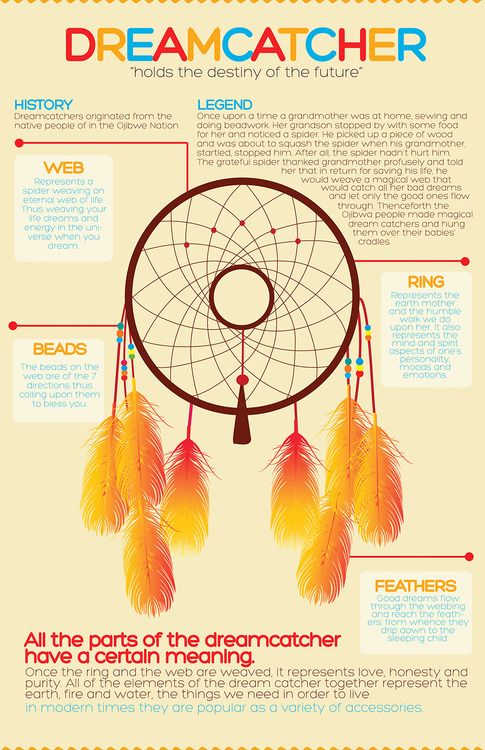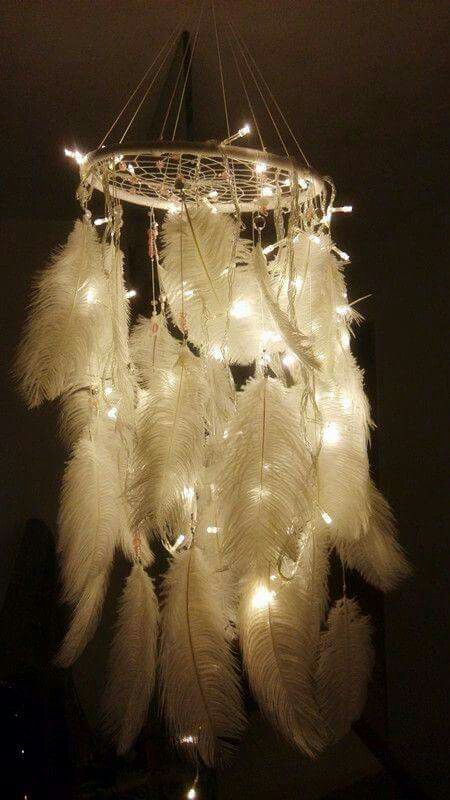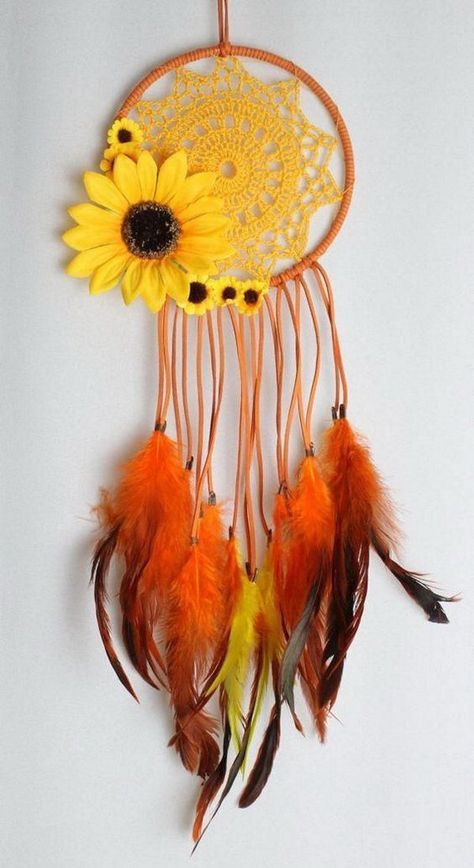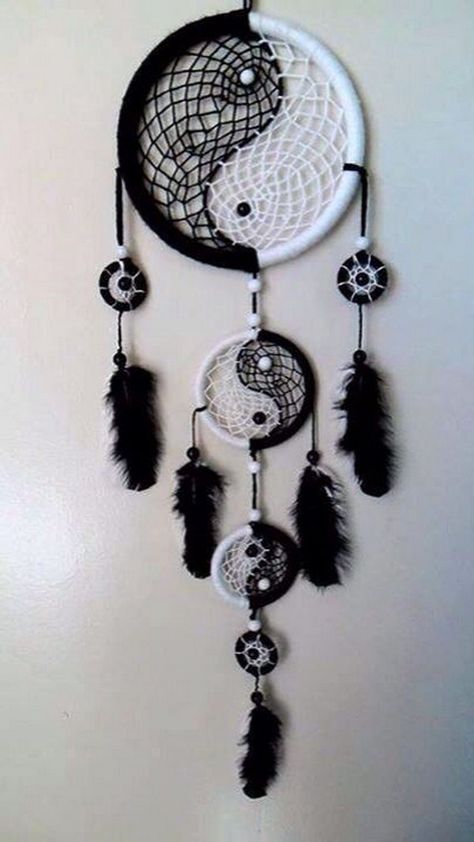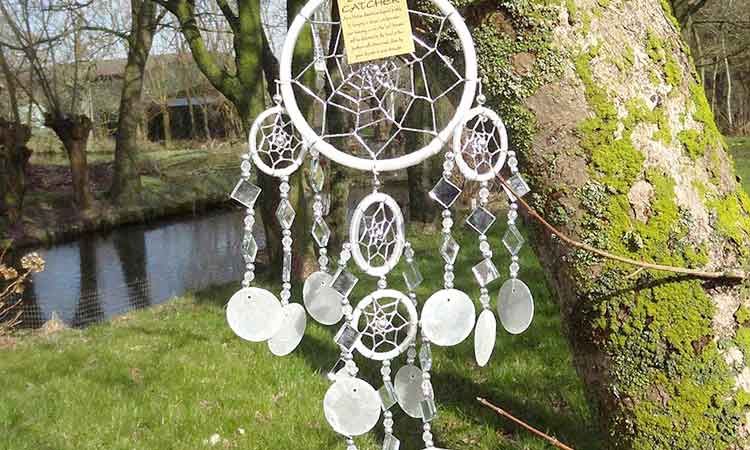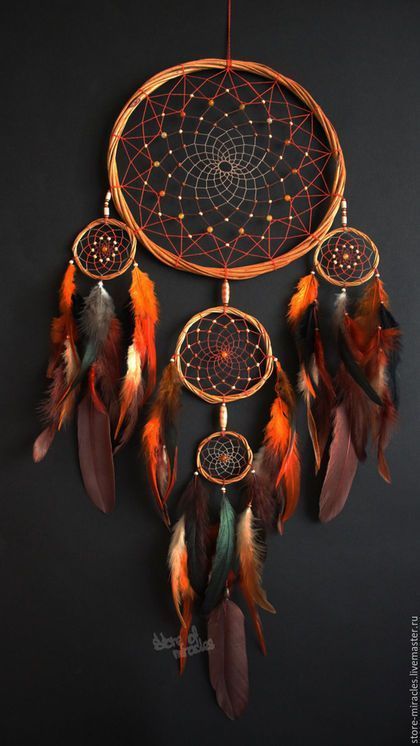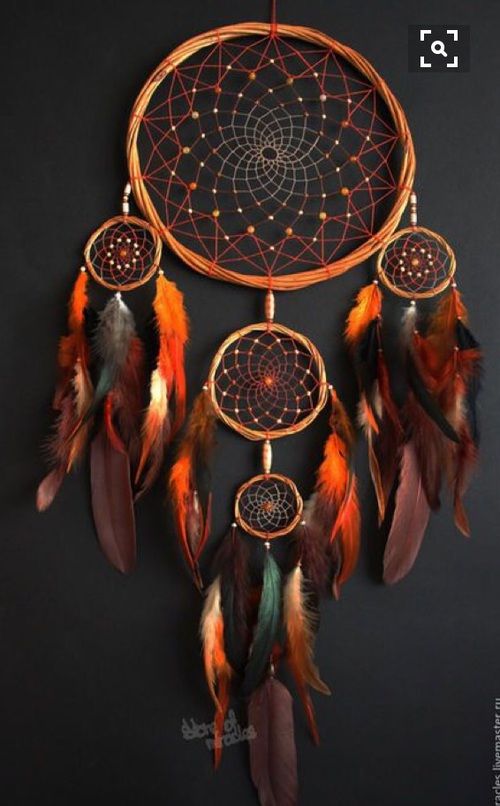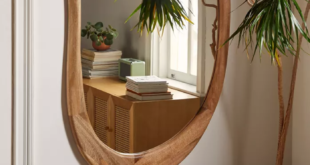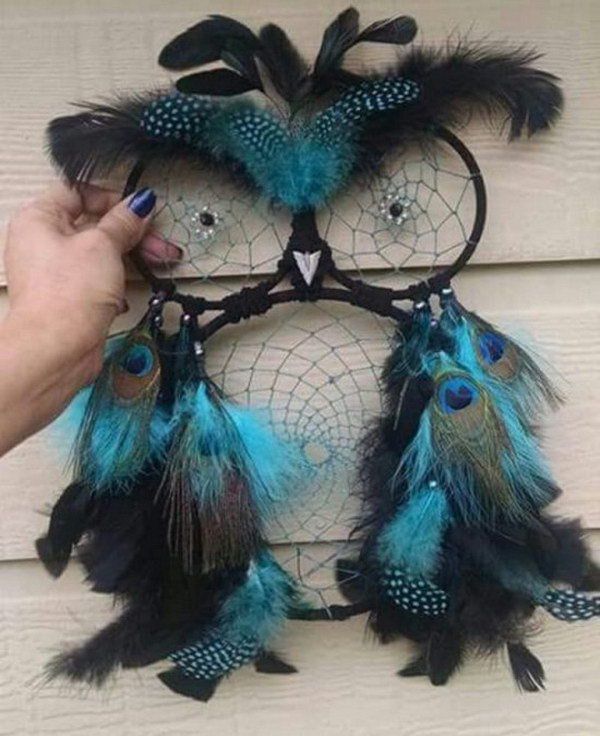
Dream catchers started as a symbolic decoration with the aim of our Native Americans, but today they are more or less a decoration and symbolism for peace and blissful sleep. Made from a variety of materials, no two dream catchers are alike. What are they and what purpose have they served?
History, tradition and legend
Indians are a big fan of folklore and legends, the dream catcher is no exception. Native Americans are always open-minded and believe that dreams not only convey messages to the dreamer, they can also be "filtered" if you like. The dream catcher is used to filter good dreams from bad ones. It was common knowledge that a good dream knew how to navigate through the dream catcher's complex web while trapping nightmares or negative dreams on the web.
If the negative dreams had been captured in the dreamcatcher's net, they would disappear or evaporate when the sun rose. Whether they work or not is speculative and depends on your beliefs. Regardless, they are beautiful to look at.
If you were to build your own dream catcher, the process would be extremely simple. It can be divided into three simple steps and scaled as required.
The graph below shows the exact steps you should take for this spectacular vehicle.

Photo courtesy of Homesthetics magazine
Follow the steps above to create a miniature dream catcher project. Once you've mastered it, you can largely personalize this craft. You can use multiple loops or thinner strings for a more complex web. Get creative and make a dream catcher like no other.
Design examples for dream catchers
Vibrant colors
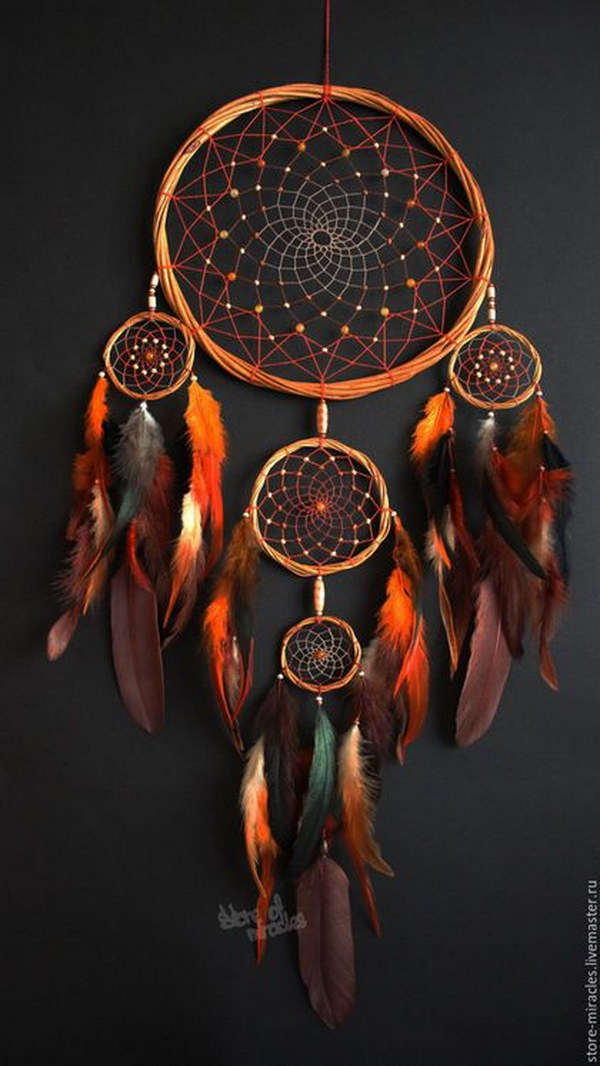
While Native Americans didn't have as much access to as many crafts and materials as they do today, they used natural dyes that could be extracted from plants. To get a vivid red of this color, you can smash some red berries and soak the materials in the resulting pulp until the desired color is obtained.
leather
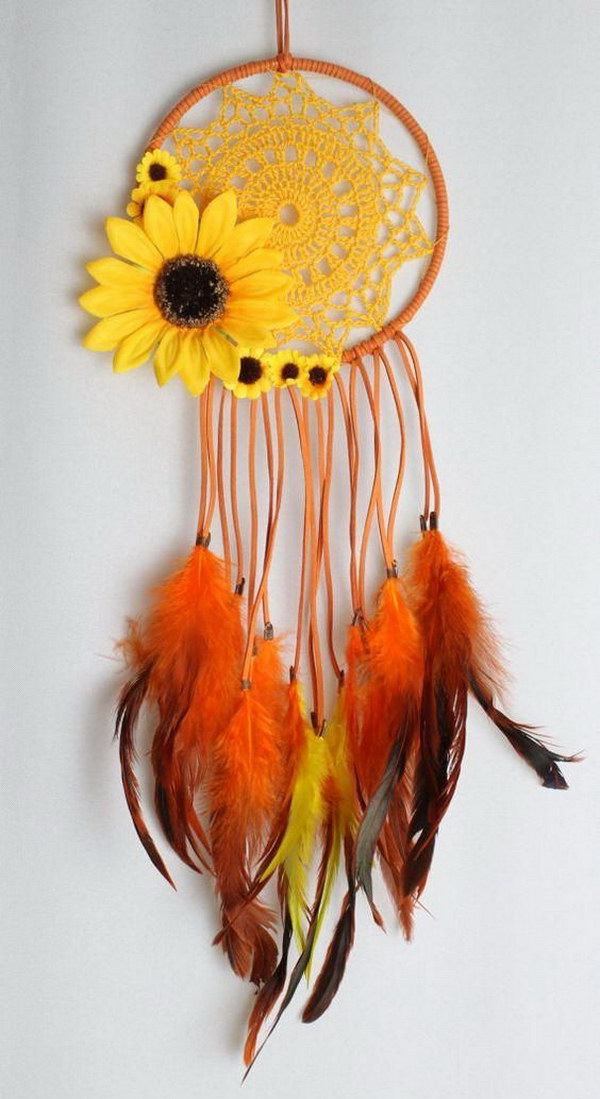
Indians were "recyclers" long before the term became popular; Always interested in using every part of a killed animal, no animal was wasted. Leather was easy to obtain, although it was complex and time-consuming to manufacture.
Pearls
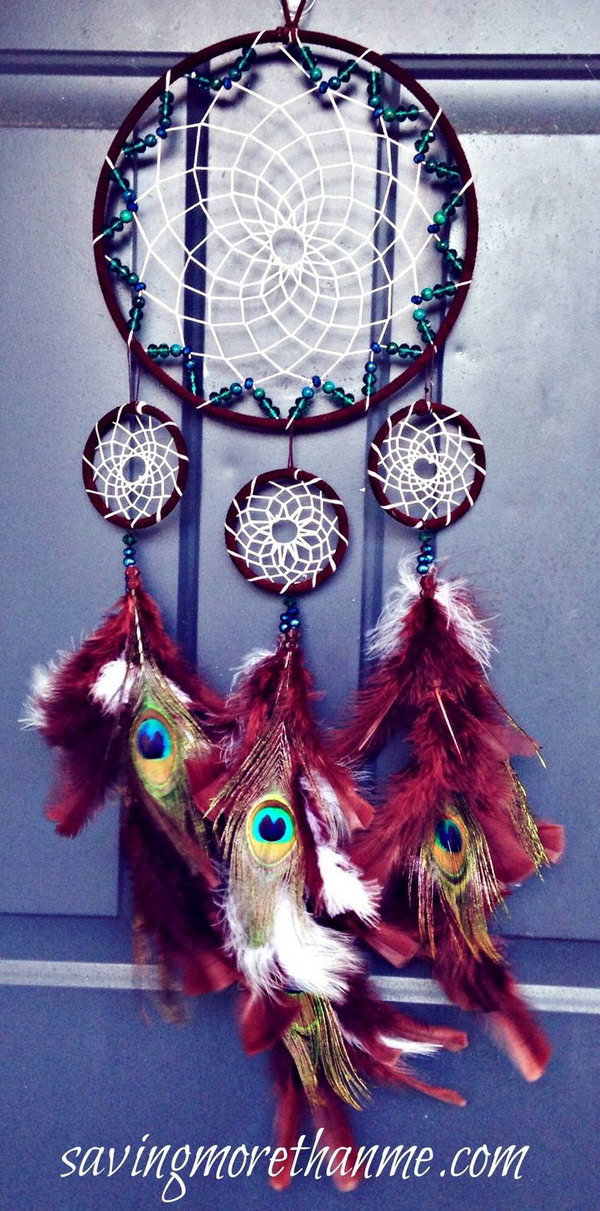
Pearls could be made from bones and stones from soft materials. It was not uncommon to find pearls or bones from turquoise or even animal tusks and teeth. While some people would be rejected by using these items, Native Americans often saw these items symbolically. Indeed, certain powers could be obtained through the use of these items.
plumage
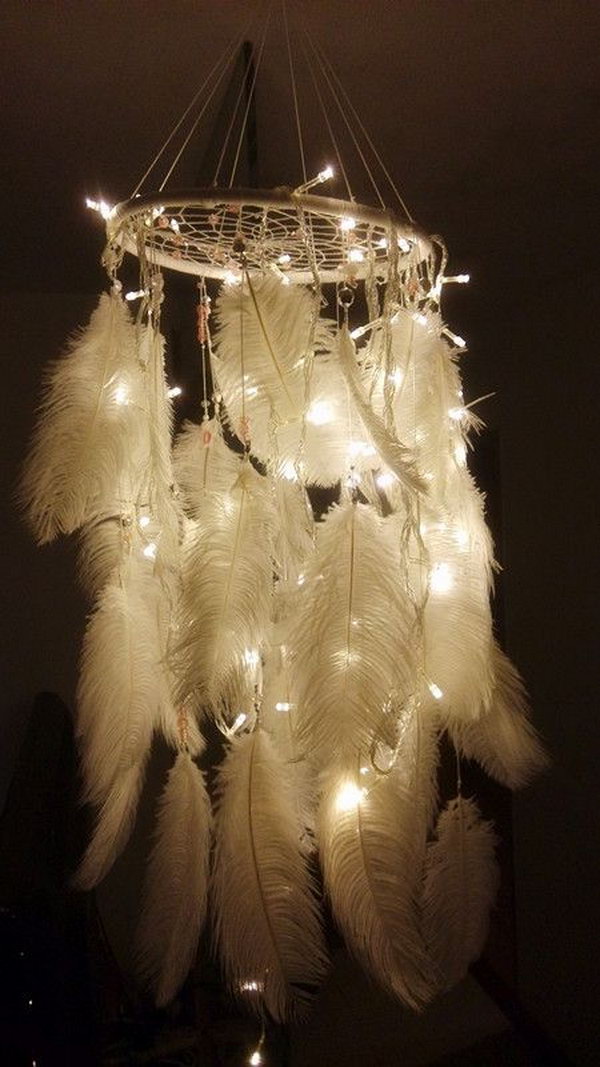
Feathers were readily available and common not only in dream catchers, but also in headgear.
Antlers and bones
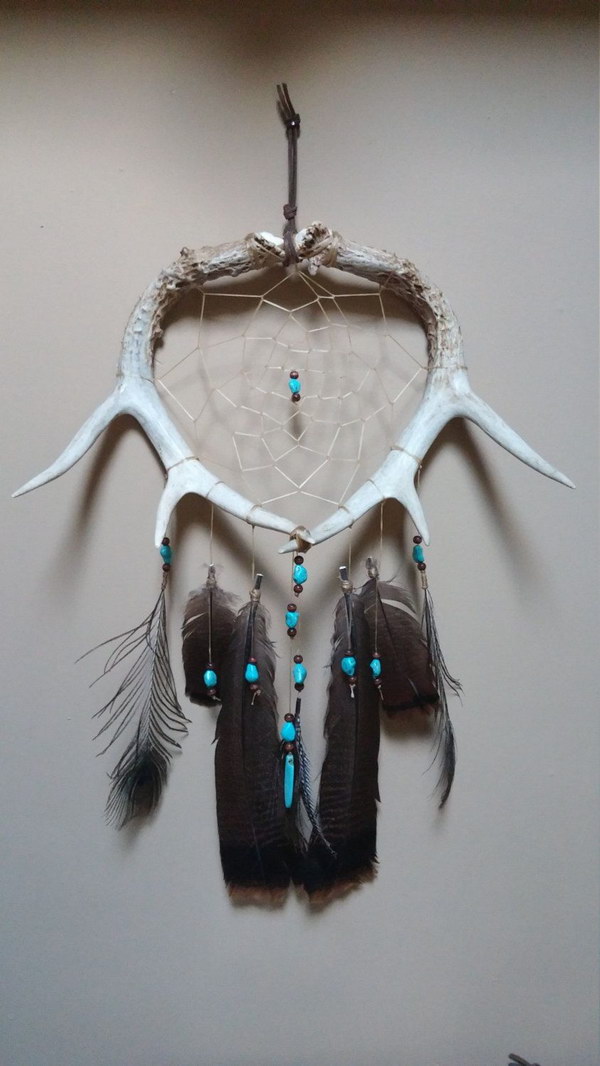
While the dream catcher's hoop is highly valued for its "filtering" skills, a perfect circle is not essential for a dream catcher's work.
Owl dream catcher
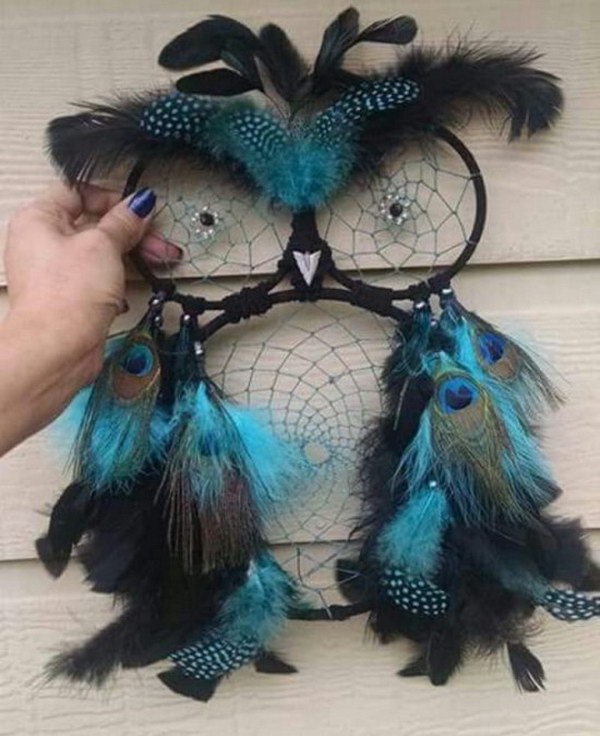
This dream catcher is actually a collection of three dream catchers, which are united by yarn-like material. The owl was generally considered wise by Native Americans, so it seems appropriate to be used here.
Modern dream catchers
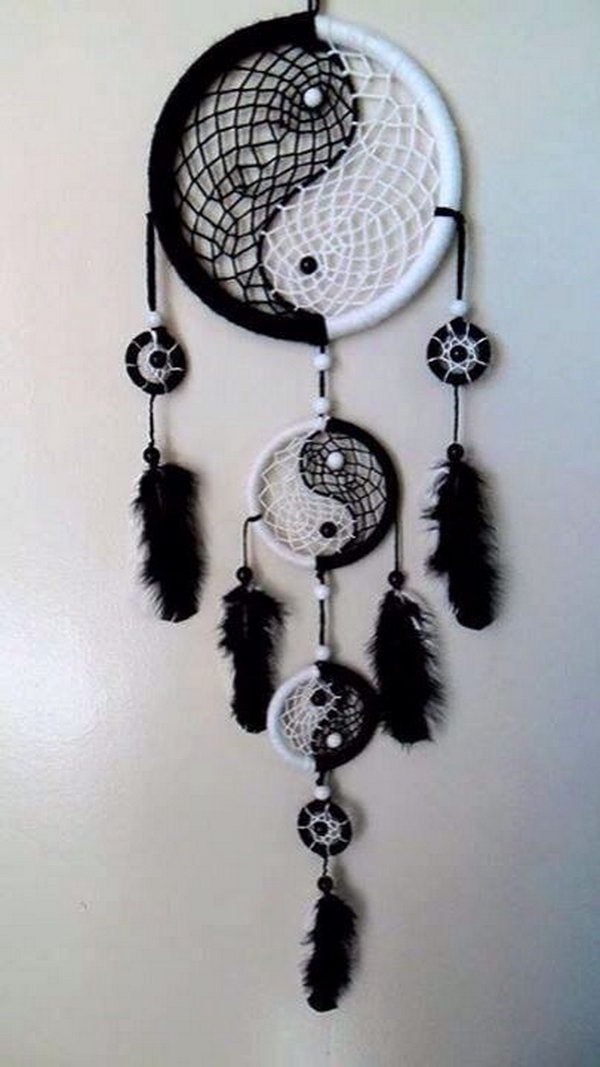
The modern dream catcher is popular, but very few people actually remember the purpose or tradition that surrounds the dream catcher.
Flexible in design
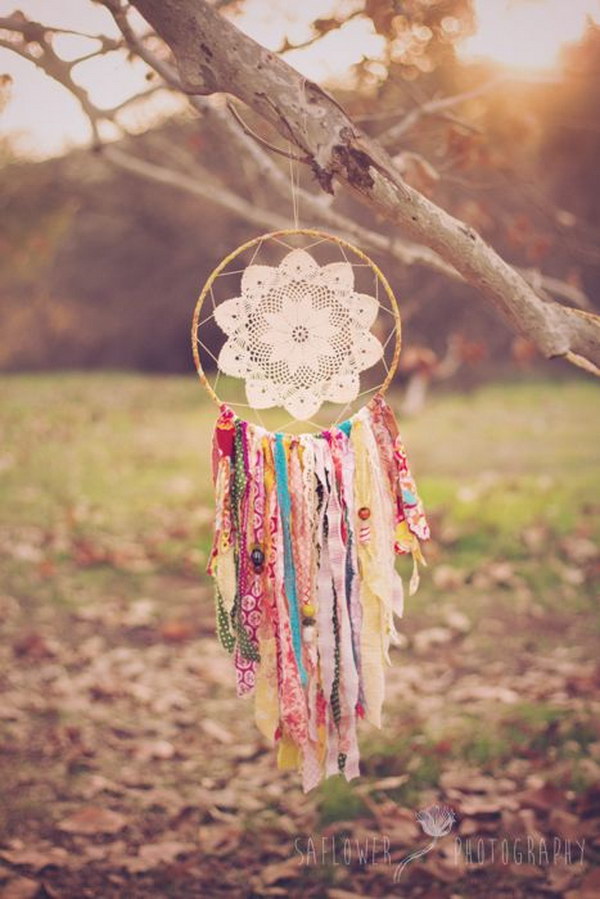
A dream catcher is easy to make and can be as simple or as complex as you want it to be. Dream catchers are interesting to say the least, and making such an item with your little one would surely create a wonderful moment between parent and child. colorful, positive and full of memories, that is, the dream catcher is certainly worth your attention as a craft and does it yourself project.
What do you think ? How do you see dream catchers? We'd love to hear your thoughts on this in the comments section below.
– –
ABOUT GIUROIU ANTON
Giuroiu Anton is the founder of Homesthetics magazine, an online resource for architectural art and design. In his spare time, he writes as a guest for various architecture websites such as Freshome and Architecture ”n” Design. He is currently studying architecture and urban planning at Ion Mincu University in Romania, where he also graduated from the Tudor Vianu National Computer Science College. His educational background sparked his thirst for technology and design.
